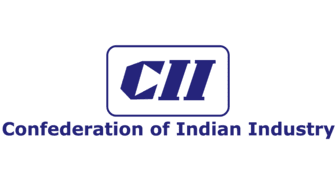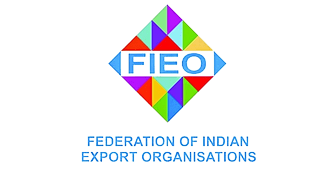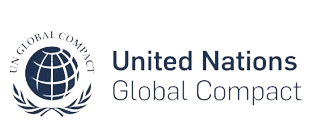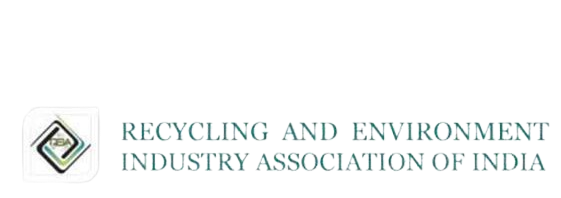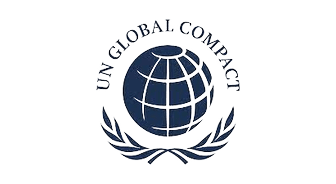At Amara Raja, we are dedicated to making a meaningful and lasting impact on our world. Our commitment to sustainability is a fundamental part of who we are and what we stand for. We are committed to regularly assessing our ESG performance, learning from our experiences, and striving for continuous improvement in all areas of environmental responsibility, social impact, and strong governance
- Environment
- 62 MW of solar panels installed contributing to 23.46% share of renewable energy
- 19.54% absolute reduction in scope 1 & 2 emission and intensity reduction by 38.13%
- 50.66% water intensity reduction
- Zero Liquid Discharge across sites
- 83% recycled lead used as input material
- 94% of waste recycled and waste generation intensity reduced by 26.21%
- Green cover over 55% of our operational areas
- 75,000m³ capacity rainwater harvesting infrastructure created
- Conducted Life Cycle Assessment for two major products
- Social
- Over a million training hours
- 82% Employee engagement score
- INR ~ ₹17 crores invested in community initiatives
- Zero fatality
- Governance
- Sustainability committee at the Apex level
- 15% growth in EBITDA
- Investment of INR 9,500 crore over a period of 10 years in 'Amara Raja Giga Corridor' project
- 2,000+ channel partners
- Zero data breaches
- Energy and Carbon
- Increase ARE&M’s renewable energy share to 25%.
- Reduce carbon intensity (scope 1 and 2 emissions) by 11%.
- Reduce energy intensity by 1.5%.
- Water
- Reduce specific freshwater consumption by 10%
- Communities
- Construction of accommodation hall for NCC boys cadets.
- Construction of veterinary hospital and milk collection center.
- Deployment of Smart Class Rooms in schools managed by ARES.
- Circular Economy
- Reduce waste intensity by 8.35%.
- Increase recycled Lead & Lead Alloys in production to 84.31%.
- Increase recycled Polypropylene Copolymer in production to 20%+.
- Improve battery recycling collection rate to 70% for Automotive and 60%
- for Industrial Batteries as per BWMR 2022.
- Safety and Occupational Health
- Continue to be a zero-fatality organization.
- Reduce LTIFR by 20%.
- People
- Improve Gender diversity within the organization to 12%.

